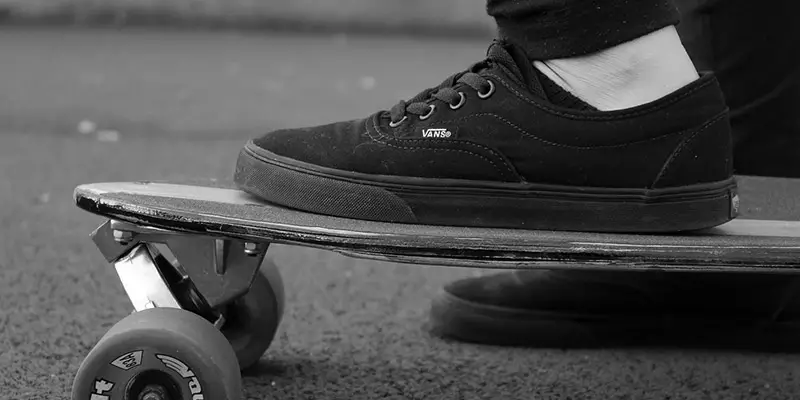Wearing slip resistant or non-slip resistant shoes largely depends on the kind of work that you engage in and the conditions of your working environment. Purchasing slip-resistant shoes are essential for people who work in places with wet and slippery floors or those that engage in hiking and jogging where slipping could be disastrous.
Are all Vans Shoes Slip-Resistant? The answer is YES.
Vans shoes are mainly used by skaters and those working in hotels and restaurants. On skaters. Vans are the most appropriate choice because they allow you to exert sufficient traction from the ground as you push your skating board forward.

Proven Aspects that Make Vans Shoes Slip-Resistant
In restaurants, however, where wet floors are common, and the shoes are the most suitable choice because they offer maximum protection from slipping accidents.
All Vans shoes slip-resistant come in so many colors and different patterns that you can probably find a good combination that is work-appropriate: as like black sole and black canvas upper. Hard to go wrong if you do neutral colors (black, grey, tan) or simple traditional patterns in tonal colors (small brown/tan check).
What Features Make Vans Slip-Resistant?
Vans shoes are designed with exceptional attributes that make them non-slip. They have additional features that are not present in other shoes because of their unique applications. The article will dig deep into the details of these features that make Vans shoe slip-resistant.

1. Presence of Rubberized Soles
PVC and rubber are the main raw materials that are used to manufacture the soles of Vans shoes. Rubber possesses far much better slip-resistant characteristics than other sole materials. The implication of this is that soles that are made of rubber have slimmer chances of slipping on wet and greasy floors than those that are not made of rubber.
Vans have exceptionally soft rubber soles that prevent them from sliding when they come into direct contact with wet surfaces.
Waiters and workers working in restaurants need shoes that possess this feature so that they can walk comfortably on wet and damp floors without tripping.
2. Presence of Non-Slip Thread Patterns
Not only are the Vans shoes made of rubberized soles, but their soles are also composed of threads done carefully to make them more slip-resistant. The threads on their soles provide maximum grip between the shoes and the ground. You might think that thread patterns have nothing to do with slip resistance.
However, Vans shoes have threads that are done in circular patterns which keep water and grease off the soles. For this reason, the shoes will have more traction as you walk or run, minimizing the likelihood of a slipping accident.
3. Presence of High-Quality Rubber Materials
In addition to possessing rubber soles and great thread patterns, Vans shoes are designed with high-grade rubber materials. The high-quality rubber provides maximum friction between the shoes and slippery surfaces. You will experience strong traction with the ground while walking in the shoes, a feature that reduces your chances of slipping.
The higher the quality of rubber, the better the non-slip efficiency. The reverse is also true, shoes that are made of low-grade rubber slip easily on wet surfaces.
The degree to which a shoe can resist slipping is denoted by a factor known as the dry static coefficient, which is the ratio of frictional force between two surfaces. In this case, the force of friction between the shoes and the ground. Vans have a high dry static coefficient. The high ratio means that when you walk or run in the shoes, you experience high friction with the ground, meaning you cannot slide easily.
To summarize, it is crucial to understand the advantageous features that make all Vans Shoes Slip-Resistant so that you focus on these features when purchasing Vans shoes for a particular application.
